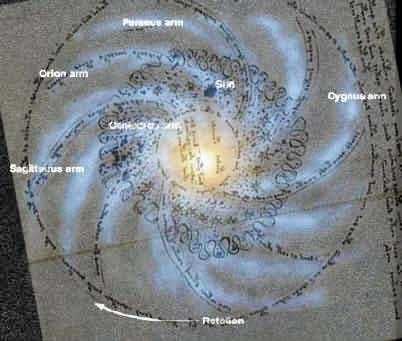


Words that differ by only one letter appear unusually frequently, and there is no punctuation.Įven more intriguing are the mysterious colour illustrations that accompany the text. Some words appear up to three times in the same string of words. Some letters appear only at the beginning, middle or end of a word. Scattered throughout the unknown script are some Latin words, and it’s not known whether these were part of the original writings or added later. The alphabet used is completely unknown, but there are spaces between letters to indicate words, there are certain letters that appear in every word, and there are some words that recur. Interestingly, the text does appear to follow a pattern and a regular structure. It’s been determined that a quill pen, iron gall ink and coloured paint were used to create the text and drawings. The 240 remaining pages of the Voynich manuscript are made from vellum or calf skin. Wilfrid Voynich spent the rest of his life investigating the origins of the book and trying to decipher its meaning – to no avail. Among them was the mysterious manuscript that was henceforth named after him. Then in 1912, a Polish book dealer named Wilfrid Voynich purchased 30 manuscripts from the Villa Mondragone in Italy. But no earlier owners are known about, and any knowledge of who created it has been lost to time (or deliberately covered up).Īfter the book supposedly passed to Kircher, it disappeared from public record for 200 years. This 1666 letter from Marci to Kircher also claimed that the book had once belonged to the Holy Roman Emperor Rudolf II in the late 1500s. A 1666 letter to Kircher, found inside the cover of the Voynich manuscript and written in Latin, confirms this. When Baresch died, the book passed to his friend, Johannes Marcus Marci, who eventually sent it to a scholar named Athanasius Kircher. Historical evidence confirms that he was trying to decipher the manuscript himself, but couldn’t. Georg Baresch, an alchemist from Prague, is the earliest confirmed owner in the early 1600s. But to this day, we are no closer to understanding the truth.Īs with its contents, the creation and early history of the Voynich manuscript are shrouded in mystery.
#Voynich manuscript alien professional#
Ever since its discovery in 1912, professional and amateur cryptographers – including British and American codebreakers from the First and Second World War – have worked tirelessly to decode it. There are about 240 pages, with some missing, and the book has been carbon-dated to sometime between 14. The manuscript comprises writings and illustrations, but all the words are in an unknown language, and no one can decipher the meaning of the pictures either.
#Voynich manuscript alien code#
The Voynich manuscript is well known today as the book that no one can read, and the code that no one can crack. Where’s Robert Langdon when you need him? And what would the star of Dan Brown’s The Da Vinci Code make of the Voynich manuscript, the world’s most mysterious book?


 0 kommentar(er)
0 kommentar(er)
